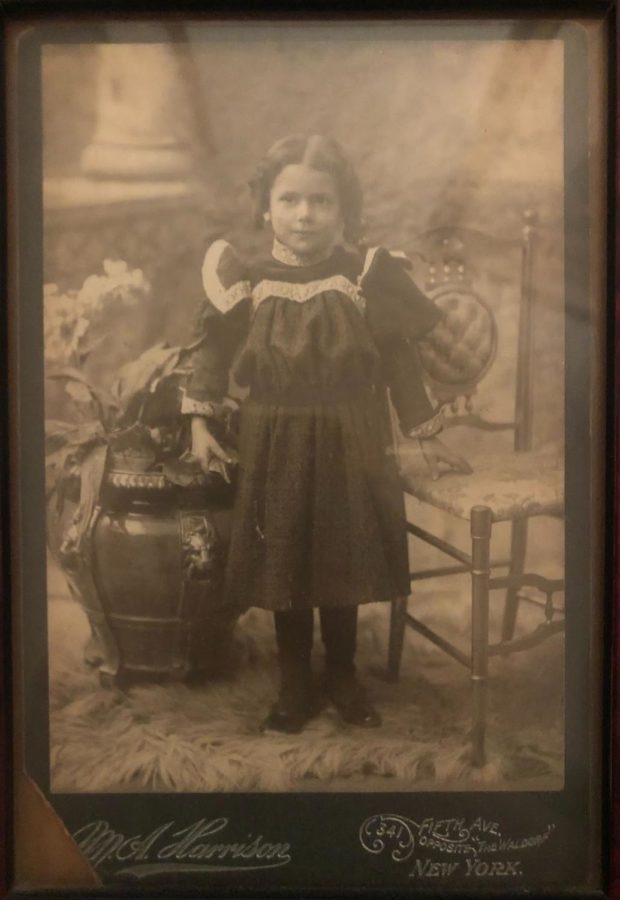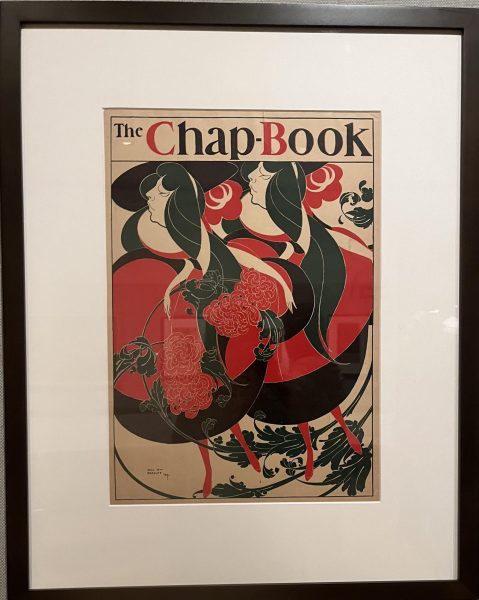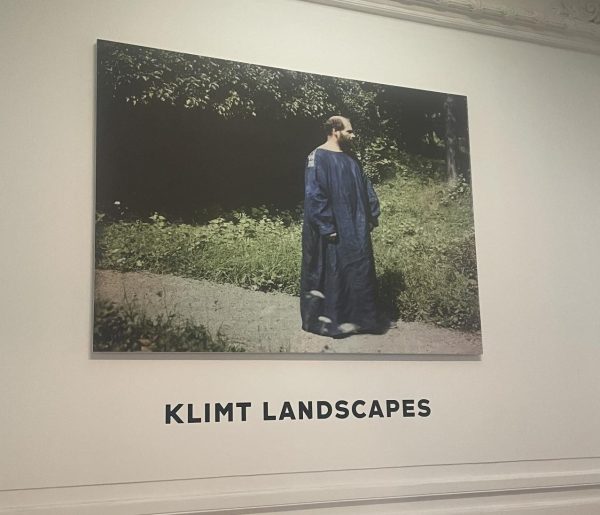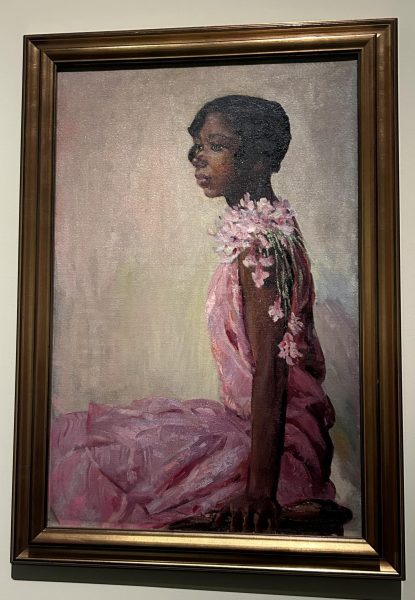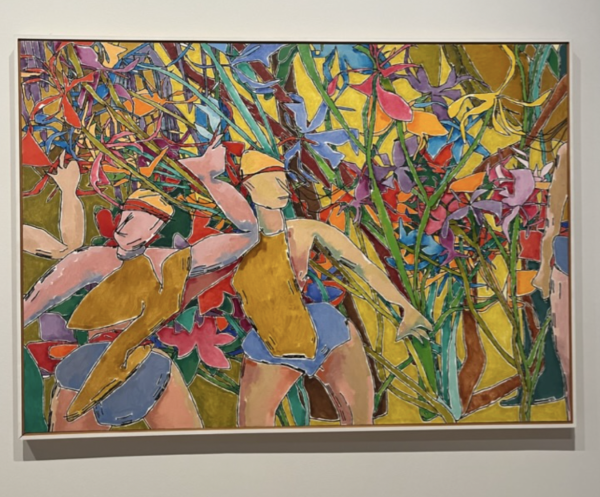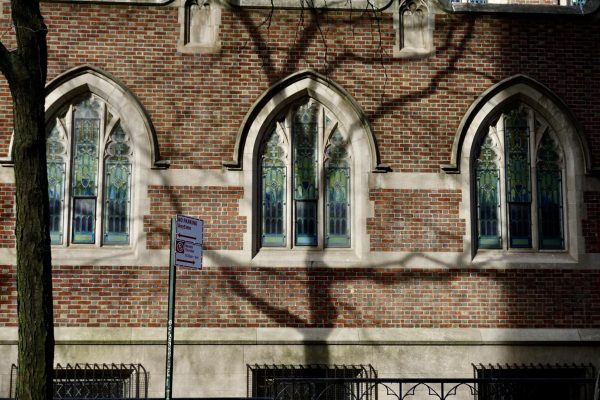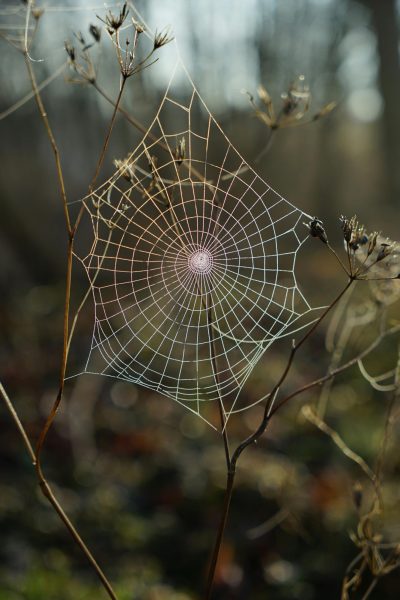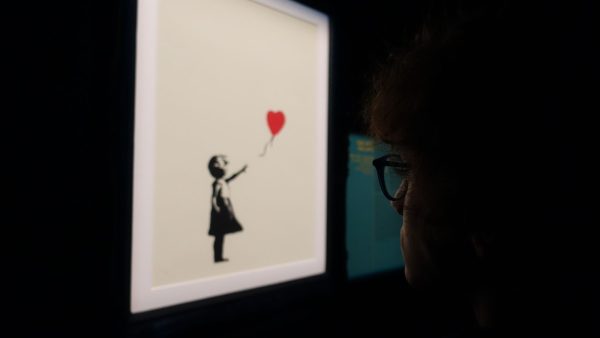From Chemical Experiments to Permanent Memories: Photography’s Early Years
Photography is one of society’s most valuable tools, but how did the technology that we have today come to be?
Here is a portrait of my great-grandmother from around 1900, taken “opposite the Waldorf” when the hotel was on the site of what is now the Empire State Building. Although this was taken by a professional photographer, this was the time period when Kodak’s ‘Brownie’ cameras hit the mass consumer market.
Just a click and you’re done? It wasn’t always so simple.
Clean, polish, coat with iodide, expose, heat the mercury, wash with cold water, wash with solution, tone, wash with warm water, gild, seal, and enclose – this is the delicate and painstaking process of creating a daguerreotype, a detailed positive image, and the earliest form of photography.
Named after Louis Daguerre, a French painter and physicist who developed the photographic process, the daguerreotype only required 20 to 30 minutes of exposure time – an incredible invention of the time. Daguerre collaborated with Joseph-Nicéphore Niépce, who created the first permanent image, although it was blurry and hard to see. Together, in 1839, the commercial daguerreotype entered the scene.
Essentially, the daguerreotype is a copper plate coated with silver iodide and exposed to light in a camera. It is fumed with mercury vapor and made permanent with a salt solution. As one can imagine, creating a daguerreotype was not for the faint of heart. It took a high level of skill and was almost exclusively employed by professional photographers. By the 1840s, daguerreotypes were the main photographic process in the United States and France, and there were as many as 2,000 daguerreotype photographers in America.
“People’s ideas of time changed completely,” Alison Nordström told the George Eastman Museum, “For the first time you would know what your grandparents looked like, even if they died before you were born. It changed everything.”
Just two years later in 1841, William Henry Fox Talbot, an expert in chemistry and optics, patented the calotype, or “beautiful impression” in Greek. Talbot had been working on this process of photography since the 1830s, and in many ways it outshined the daguerreotype. The calotype yielded a negative image by exposing a sheet of paper coated with silver chloride to light, where the light made the areas coated in the solution dark. The negative could produce numbers of positive images from the original, a revolutionary change to photographic technology, since now pictures could be replicated.
Talbot believed that photography could be a key tool for scientists because it could visually record data and specimens. Although the daguerreotype is perhaps the most famous early form of photography, the calotype formed the basis for any further developments in photography until the digital age.
Ambrotypes, a modification of the wet-collodion process, entered the scene in 1851 along with similar processes like the tintype or ferrotype. Ambrotypes became incredibly popular in the mid to late 1800s since it allowed for a high level of detail and clarity, while also being much faster and cheaper to produce. Unlike the daguerreotype or calotype, the dark areas of an ambrotype remained dark even when the picture was held at an angle. An ambrotype image only became visible when it was set against a black material, usually black paper or velvet.
It was also possible to get an ambrotype in color, through hand coloring. However, “Having an ambrotype hand colored cost extra,” said Colin Harding for the Science and Media Museum.
After decades more of technological advancements and inventions in the world of photography, including the projection of colored images and a fast shutter to capture objects in motion, in 1881 Henry Strong and George Eastman became business partners in the Eastman Dry Plate Company, which would soon become Kodak, in 1887.
The Eastman Dry Plate Company capitalized on the new gelatin “dry plate” process, which had been introduced by Richard Maddox and began commercial use in 1878. This new process was a huge leap from every photographic invention since the daguerreotype. Now, creating a photograph did not include the messy, time consuming, “wet plate” process that involved a heavy piece of glass coated in dripping chemicals. Eastman invented a chemical and gelatin mixture on paper to create roles of film, which the Eastman Company could now sell.
In 1888, the first easy to use and easy to produce Kodak camera went on the market, revolutionizing amateur photography. Costing only $25, the general public could purchase their very own camera and capture their own memories. From this point on, Kodak completely controlled the photography industry. Eastman’s company bought patents, sold film, cameras, eventually home movie-making equipment, and color film – or Kodachrome. For a century, a consumer could buy anything and everything related to photography and film from Kodak.
Although the Kodak company eventually fell behind many others, like Polaroid, Fuji, Canon, and Sony, it is necessary to recognize the company’s importance to the furthering of photographic technology. Trends in photography rise and fall; today there has been a comeback in film photography, especially among teenagers who enjoy using Fujifilm or Kodak disposable film cameras — although, tomorrow film photography could be out and digital could be in.
“Recently, all my friends have been taking film photos. I think it’s a fantastic way to preserve a moment in a meaningful and permanent way – iPhone pictures just aren’t as expressive,” said Lucia Dec-Prat ’23.
“Photography is an interactive experience, an exchange between listener and storyteller,” photographer James Hayman told Photo.com. And while technology, techniques, and trends will change over time, photography will remain an exceptionally important method of art, expression, documentation, and history.
“Recently, all my friends have been taking film photos. I think it’s a fantastic way to preserve a moment in a meaningful and permanent way – iPhone pictures just aren’t as expressive,” said Lucia Dec-Prat ’23.
Helen Stone is the Editor in Chief and Facebook Editor for 'The Science Survey.' She is interested in journalistic writing because she believes that a...

